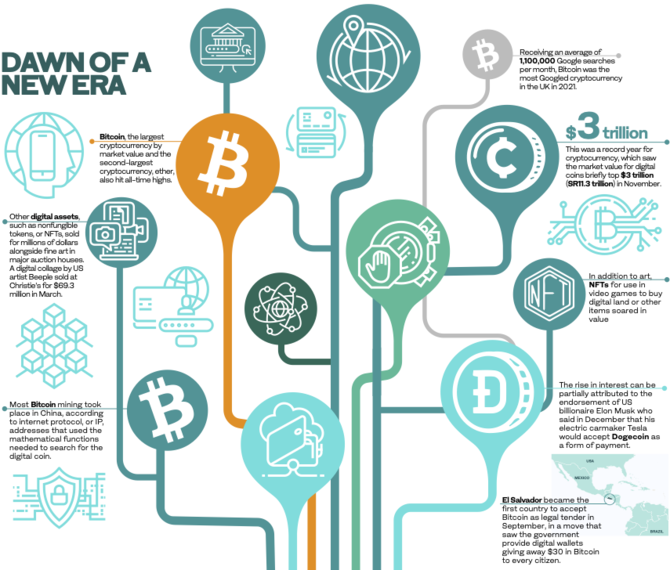list of all cryptocurrencies
List of all cryptocurrencies
CBDCs are unlikely to be useful for speculative investments since they will likely be pegged to the value of an underlying currency. However, it will still be possible to invest in those currencies through the forex markets lucky tiger casino app.
Digital currencies are assets that are only used for electronic transactions. They do not have any physical form, although they can be exchanged for regular money or other assets. Although the most popular digital currencies are cryptocurrencies like bitcoin, many national governments are considering issuing their own centralized digital currencies.
If you’re new to the world of cryptocurrencies, you might see a jumble of names like Bitcoin, Ethereum, Dogecoin, and wonder if they’re all variations of the same thing. The short answer is a resounding NO! Let’s dive into why the crypto landscape offers a vast and varied array of options.
Why do all cryptocurrencies rise and fall together
Metrics like trading volume to market cap ratio and the number of active markets also reflect investor interest. Research shows that cryptocurrencies with market caps exceeding $1 billion exhibit lower volatility and higher institutional interest. These factors contribute to their long-term sustainability and appeal.
Projects with a high percentage of their total supply already in circulation often show more stable price movements. For example, cryptocurrencies with over 80% of their supply in circulation tend to experience less volatility. However, projects with less than 50% of their supply in circulation can pose risks of dilution, which may negatively impact their value. Understanding these supply metrics is crucial for investors navigating the cryptocurrency market.
A cryptocurrency's underlying technology and adoption levels can significantly impact its price trajectory. Positive developments such as protocol upgrades, partnerships with established companies, or increased adoption for real-world use cases can instil confidence among investors, driving prices upwards. On the other hand, technical glitches, security vulnerabilities, or failed projects can erode trust and lead to price declines. Ethereum's price surged in 2021 following the announcement of the Ethereum 2.0 upgrade, which promised improved scalability and reduced energy consumption.
One of the main reasons for the parallel movement of cryptocurrencies is institutional trading. Large investors often trade baskets of cryptocurrencies in a manner similar to stock indices. This trading method can cause multiple cryptocurrencies to move in tandem. As institutional investors usually hold a significant portion of the market, their trading decisions can significantly influence the market trends.
Regulatory changes often play a pivotal role in shaping the cryptocurrency market. Governments worldwide are still figuring out how to regulate digital assets like bitcoin, and their decisions can significantly influence prices and investor behavior.

Do all cryptocurrencies use blockchain
Without such processes, how could trusted payments take place? Enter blockchain, which has the potential to disrupt that process completely. And not just for payments, but other forms of transaction including the flow of goods and information around the world.
Overall, blockchain and cryptocurrency have the potential to transform how we conduct business, share data, and interact with the digital world. As with any emerging technology, there are risks, but the opportunities are immense.
You might be familiar with spreadsheets or databases. A blockchain is somewhat similar because it is a database where information is entered and stored. The key difference between a traditional database or spreadsheet and a blockchain is how the data is structured and accessed.
If you have ever spent time in your local Recorder’s Office, you will know that recording property rights is both burdensome and inefficient. Today, a physical deed must be delivered to a government employee at the local recording office, where it is manually entered into the county’s central database and public index. In the case of a property dispute, claims to the property must be reconciled with the public index.
